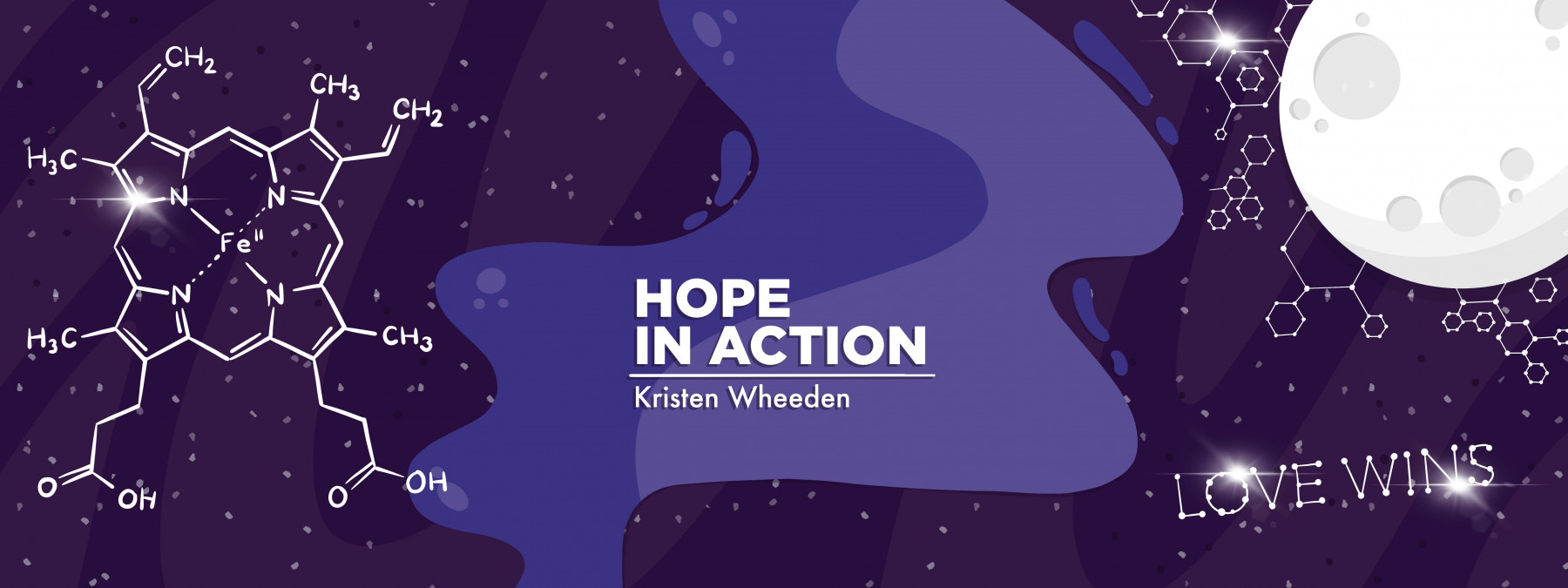Overcoming the hardships of explaining invisible diseases
What do you do when you're in excruciating pain and no one believes you?

My youngest son’s journey to a diagnosis of erythropoietic protoporphyria (EPP) in 2009 took a long and winding path that’s familiar to most patients grappling with a rare disease. Yet one distinctive factor compounded this challenge: EPP symptoms are largely invisible to someone unfamiliar with this phototoxic disease.
EPP limits one’s exposure to visible light, and there are no blisters to scrutinize, bumps to biopsy, or crimson rashes to reflect upon. The lack of visual indicators masked the excruciating and undeniable pain my son Brady was experiencing.
At least it was undeniable to Brady and me.
During our early quest to identify the source of his pain, a dermatologist looked at Brady for a few moments, then turned to me to say, “Dermatology is a visual science, and there is nothing to see here.” The dermatologist then summarily dismissed Brady’s symptoms and my clear description of his pain. To this day, the memory of encountering such skepticism is astonishing.
We experienced similar disbelief, mixed with a lot of statements like “I have no idea what this is,” from doctor after doctor as if Brady were making it all up.
What Brady endured was far from imaginary, for him or for me. His pain was real, his suffering genuine. He wasn’t exaggerating or faking it. He didn’t just want attention. We knew something was terribly wrong.
Advocacy and education
Even after receiving a diagnosis, the confounding need to prove illness and pain has followed him throughout his life. It became my job (and now his) to inform every person who needed to know that, yes, the sun can cause significant harm that you cannot see.
A human need for a tangible connection seems to exist. I came to understand that it’s a great leap of the mind to believe that someone can’t freely be in that sun and that exposure may cause debilitating and torturous pain. Even the words used need to be carefully curated to explain the extent of the symptoms.
Words like “it hurts” or “it causes really bad pain” are not enough. People need to hear that “it feels like putting your hand in a fire, then stabbing it with a knife,” or “it’s like a chemical burn,” or “it’s like being in boiling water.” Those descriptions capture attention.
The relentless pursuit of recognition for my child’s pain and the broader awareness of his condition unveiled a profound truth in healthcare that the invisible can be as powerful as the visible. This happens in porphyria but is far more pervasive than that, extending to other diseases as well. A patient with any disease should not need to visually prove a disability to attain accommodations, medications, support, or care.
I wish that people would more readily open their minds and hearts to pain they can’t see and conditions they don’t understand.
After all, we believe in plenty of other things that are invisible, such as hope, love, and compassion. We deal in the abstract all the time, and we have faith in their existence despite their invisibility. We’ve ingrained in our son that expressing and advocating for himself is critical.
Brady’s diagnostic journey ended successfully. We finally found a brilliant physician who listened to our story and was familiar with porphyria. Erythropoietic protoporphyria rolled off his tongue as if he had diagnosed it every day of his career. With a subsequent biochemical confirmation, we were set on a path to porphyria specialists and excellent care that has spanned many years.
But rest assured, I did not miss the opportunity to educate others along the way.
Note: Porphyria News is strictly a news and information website about the disease. It does not provide medical advice, diagnosis, or treatment. This content is not intended to be a substitute for professional medical advice, diagnosis, or treatment. Always seek the advice of your physician or other qualified health provider with any questions you may have regarding a medical condition. Never disregard professional medical advice or delay in seeking it because of something you have read on this website. The opinions expressed in this column are not those of Porphyria News or its parent company, Bionews, and are intended to spark discussion about issues pertaining to porphyria.








Simon Leake
A good article Kristen and exactly what happened to me back in 1973 when I suffered inexplicable pain from EPP. The only ones that believed me were my parents who know I was not a whinger. Only when my younger brother showed it as well did the Drs really start to take us seriously. Our GP just happened to attend a biochemistry conference where Professor Hensley from Royal Prince Alfred talked about the porphyrias and he jumped to the connection. 2 weeks later we were diagnosed! Even today, because we just suffer some pain just to go about our lives, people are sceptical, even my wife! It think we just tolerate the pain. I am in the Bitipertin trial and it is life changing. I went from around 40 umol/L of PP to 8. I can stay out in our winter sun all day wiuth only mild stinging.